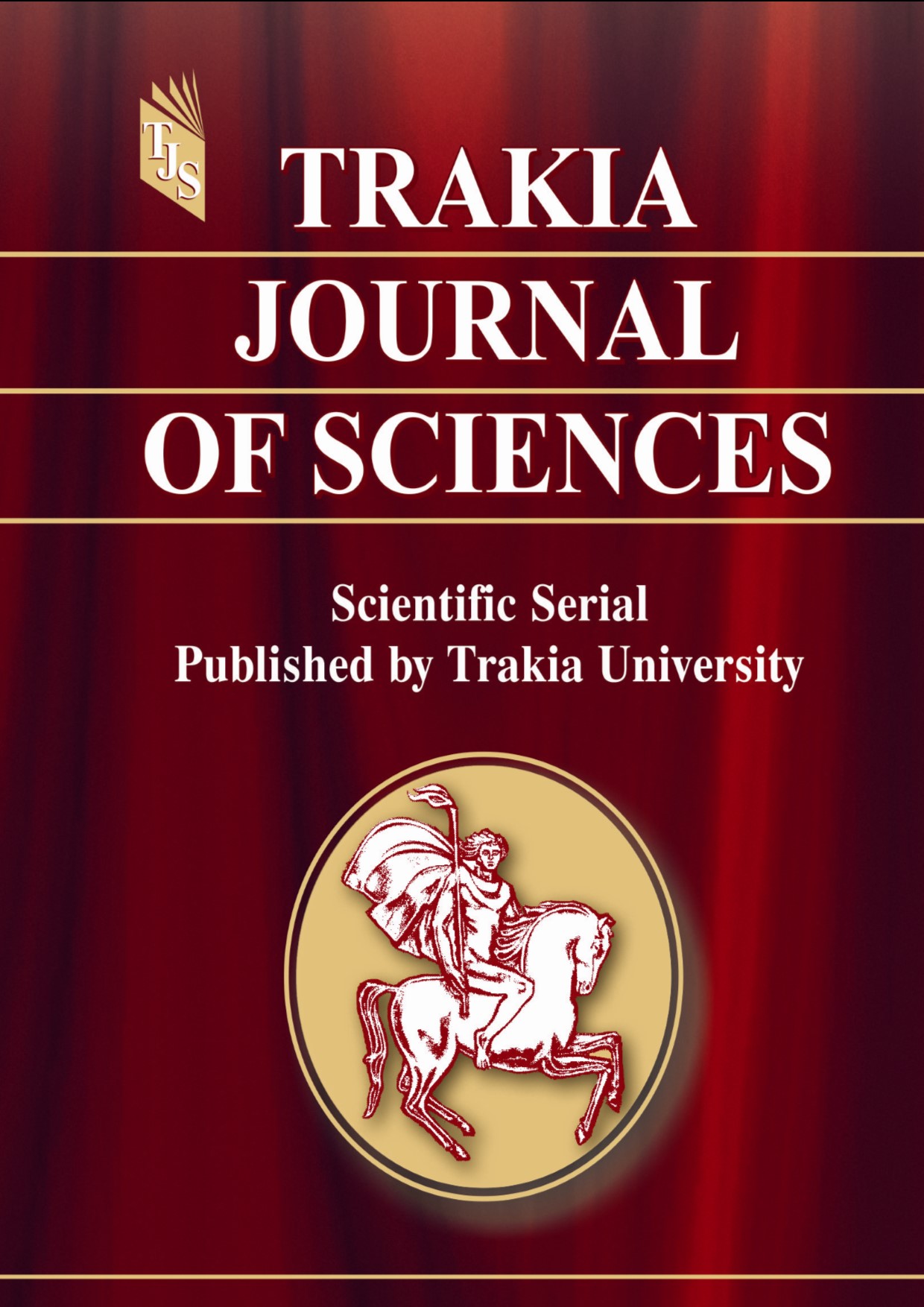PROMOTING POSITIVE BEHAVIOR: ANALYZING THE EFFECTIVENESS OF THE GOOD BEHAVIOR GAME IN CLASSROOM SETTINGS
DOI:
https://doi.org/10.15547/tjs.2024.s.01.001Keywords:
Good Behavior Game, classroom behavior, growth mindset, quasi-experimental design, behavior interventionAbstract
This study aimed to evaluate the impact of the Good Behavior Game (GBG) on classroom behavior and students' perceptions of their abilities and mindset. The research focused on whether the implementation of GBG could foster a positive classroom environment, enhance cooperation among peers, and promote a growth mindset based on Carol Dweck’s theory. A quasi-experimental design was conducted with 60 sixth-grade students, divided into an experimental group that received the GBG intervention and a control group with no intervention. Pre- and post-intervention data were collected using questionnaires grounded in mindset theory, measuring self-efficacy and classroom behaviors. Additionally, systematic classroom observations were performed throughout the intervention to record instances of improvement in engagement in learning, student cooperation, and homework engagement. The results indicated an improvement in the targeted behaviors and an enhancement in classroom engagement within the experimental group, reflecting a positive trend in behavior improvement and self-perception. While the pre- and post-test comparison for the experimental group did not reach full statistical significance, the findings still indicated that the intervention had a positive impact. Specifically, the questionnaire results indicated an enhancement in students' growth mindset and self-efficacy, while classroom observations revealed notable changes in behavior, including improved engagement, homework completion, and increased peer cooperation. The Good Behavior Game demonstrates potential for enhancing classroom behavior and promoting a growth mindset among students. While the results are promising, further research with larger sample sizes and longer observation periods is needed to confirm these findings and examine external factors influencing the outcomes.
References
Bear, G. G. (2015). School discipline and self-discipline: A practical guide to promoting prosocial student behavior. Guilford Press.
Kazdin, A. E. (2012). Behavior modification in applied settings (7th ed.). Wadsworth.
Embry, D. D. The Good Behavior Game: A best practice candidate as a universal behavioral vaccine. Clinical Child and Family Psychology Review, 5(4), 273-297, 2002.
Barrish, H. H., Saunders, M., & Wolf, M. M. Good Behavior Game: Effects of individual contingencies for group consequences on disruptive behavior in a classroom. Journal of Applied Behavior Analysis, 2, 119–124, 1969.
Crouch, P. L., Gresham, F. M., & Wright, W. R.. Interdependent and independent group contingencies with immediate and delayed reinforcement for controlling classroom behavior. Journal of School Psychology, 23, 177–187, 1985.
Darveaux, D. X. The Good Behavior Game plus merit: Controlling disruptive behavior and improving student motivation. School Psychology Review, 13, 510–514, 1984.
Dweck, C. S. (2006). Mindset: The new psychology of success. Random House.
Tingstrom, D. H., Sterling-Turner, H. E., & Wilczynski, S. M. The Good Behavior Game: 1969-2002. Behavior Modification, 30(2), 225-253, 2006.
Saigh, P. A., & Umar, A. M. The effects of a Good Behavior Game on the disruptive behavior of Sudanese elementary school students. Journal of Applied Behavior Analysis, 16, 339–344, 1983.
Swiezy, N. B., Matson, J. L., & Box, P. The Good Behavior Game: A token reinforcement system for preschoolers. Child & Family Behavior Therapy, 14(3), 21–32, 1992.
Leflot, G., van Lier, P. A. C., Onghena, P., & Colpin, H. The role of teacher behavior management in the development of disruptive behaviors: An intervention study with the Good Behavior Game. Journal of Abnormal Child Psychology, 38, 869–882, 2010.
Medland, M. B., & Stachnik, T. J. Good-Behavior Game: A replication and systematic analysis. Journal of Applied Behavior Analysis, 5(1), 45–51q 1972.
Flower, A., McKenna, J. W., Muething, C., Bryant, D., & Kim, M. Effects of the Good Behavior Game on challenging behaviors in school settings. Review of Educational Research, 84(4), 546-558.13, 2014.

Downloads
Published
Issue
Section
License
Copyright (c) 2025 Trakia University

This work is licensed under a Creative Commons Attribution-NonCommercial 4.0 International License.


